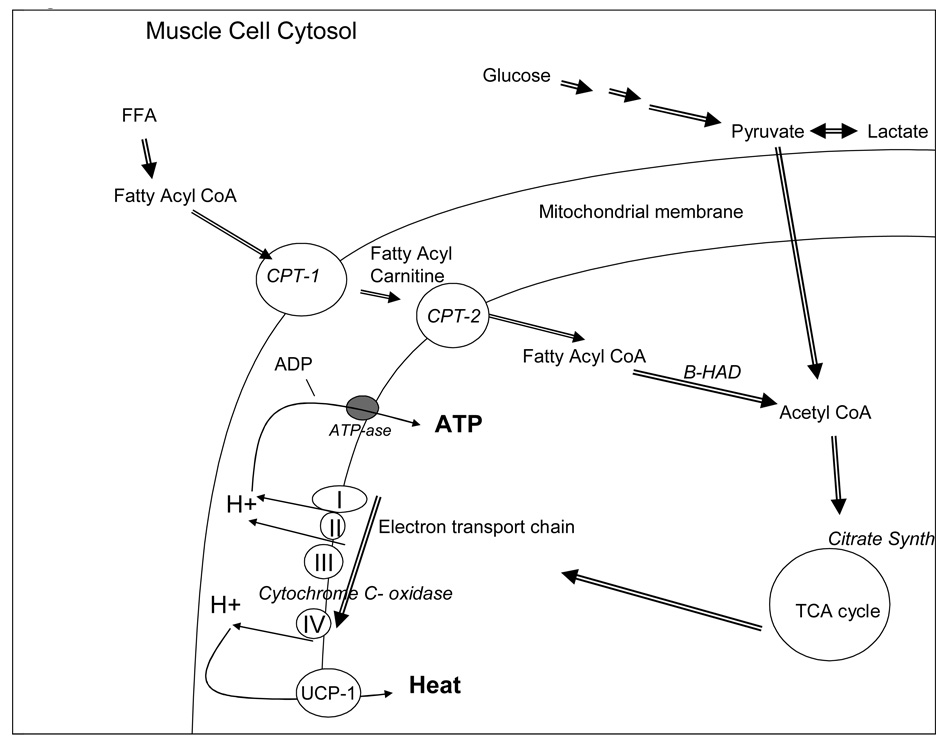Figure 2. Pathway of production of ATP from both glucose and free fatty acids.
A representation of a muscle cell is shown. Glucose and FFA are broken down in the cytosol to pyruvate and fatty acyl CoA, respectively. Pyruvate can then cross the mitochondrial membranes, and is converted to acyl CoA via pyruvate dehydrogenase. Fatty Acyl CoA is transferred across the outer mitochondrial membrane via carnitine palmatyl transferase-1 (CPT-1) and becomes fatty acyl carnitine that is then transferred across CPT-2 and return to fatty acyl CoA. Fatty acyl CoA is a substrate for β-HAD, which breaks off acyl groups to form acetyl CoA. Acetyl CoA enters the tricarboxcylic acid cycle (TCA) and produces multiple metabolites which enter the electron transport chain of 4 key cytochromes to form protons. The protons are then used by ATP-ase to charge ADP into ATP via coupled respiration, or are transferred by uncoupling protein -1 to produce heat, via uncoupled oxidation.

